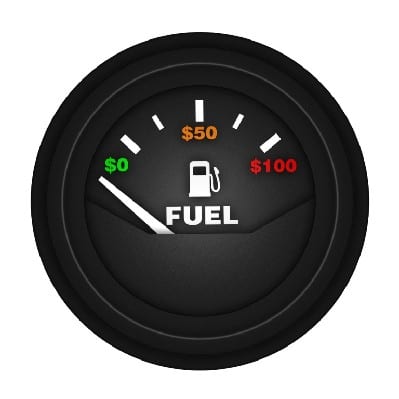

In the debate about the energy sources of the future, fossil fuels and renewables easily steal the limelight. Energy efficiency, however, is far less flashy; languishing in the corners of policy makers’ minds as the ‘low-hanging fruit’, or the ‘hidden fuel’, of the low-carbon future.
But a new report by the International Energy Agency argues we should bring energy efficiency out of the shadows and start seeing it for what it is: the world’s “first fuel,” with a global market already worth hundreds of billions, and with huge energy and emissions saving potential.
The inaugural Energy Efficiency Market Report – released on Wednesday to join the ranks of the IEA market reports for oil, gas, coal and renewable energy – illustrates that the scale of global investment in energy efficiency and its contribution to energy demand are as significant as those of other developed supply-side resources.
“Energy efficiency has been called a ‘hidden fuel’, yet it is hiding in plain sight,” IEA Executive Director Maria van der Hoeven said as she presented the report at the World Energy Congress in Korea. “Indeed, the degree of global investment in energy efficiency and the resulting energy savings are so massive that they beg the following question: Is energy efficiency not just a hidden fuel but rather the world’s first fuel?”
In fact, according to the IEA, energy efficiency markets around the world drew investment of up to $US300 billion in 2011, a level on par with global investments in renewables or fossil-fuels.
But it’s about much more than money. The report notes that the cumulative impact of energy efficiency is enormous. For example, from 2005 to 2010 it saved the energy equivalent of $US420 billion worth of oil in a group of 11 IEA member countries. In other words, energy efficiency saved consumers in those 11 IEA member countries about two-thirds on energy use.
The report also finds that in 2010, the energy savings from efficiency measures implemented in those countries exceeded the output from any other single fuel source. That year, the 11 IEA economies avoided burning 1.5 billion tonnes of oil equivalent thanks to efficiency improvements developed since 1974. By comparison, in 2010 those same economies consumed about 1 billion tonnes of oil equivalent from assets developed over the same period.
The report notes that two key factors have driven the recent growth of the energy efficiency market: effective policies and the high price of energy. Energy standards, labelling, access to assessments and financing, and obligations on suppliers have proved crucial, the report says. And high oil prices in particular have encouraged savings.
However the IEA notes that the absence of dynamic pricing in energy markets together with subsidies, high transaction costs, information failures and a lack of institutional capacity have worked to impede efficiency improvements.
The report focuses in on a specific technology sector in which there is significant energy efficiency market activity: appliances and information communication technology (ICT) equipment. Here, while traditional appliance markets seem static, energy efficient products and ICT equipment are growth areas for energy efficiency, the IEA says.
Finally, the report presents a selection of country case studies that illustrate current energy efficiency markets in specific sectors and highlight the relationship among investments, the energy prices and policies that enable them, and the sorts of return on investments achieved by consumers, businesses and governments.
But as with other emerging energy markets, targeted energy efficiency policies will continue to play a key role in developing and enabling markets for energy efficiency services and products, the report says.
The gas market on the east coast has directly contributed to the cost-of-living crisis. It…
Safety regulator closes small Victoria solar farm after inverter fire while it investigates cause and…
Labor promises $500 million to ensure locally made steel and aluminium are used in wind…
APA says Pilbara wind, solar and battery plans depend on customers, but its main focus…
Oliver Hill, from Race to 2030, on the new roadmap for turning electric cars into…
Construction begins on a big battery project next to the largest solar farm in Australia.